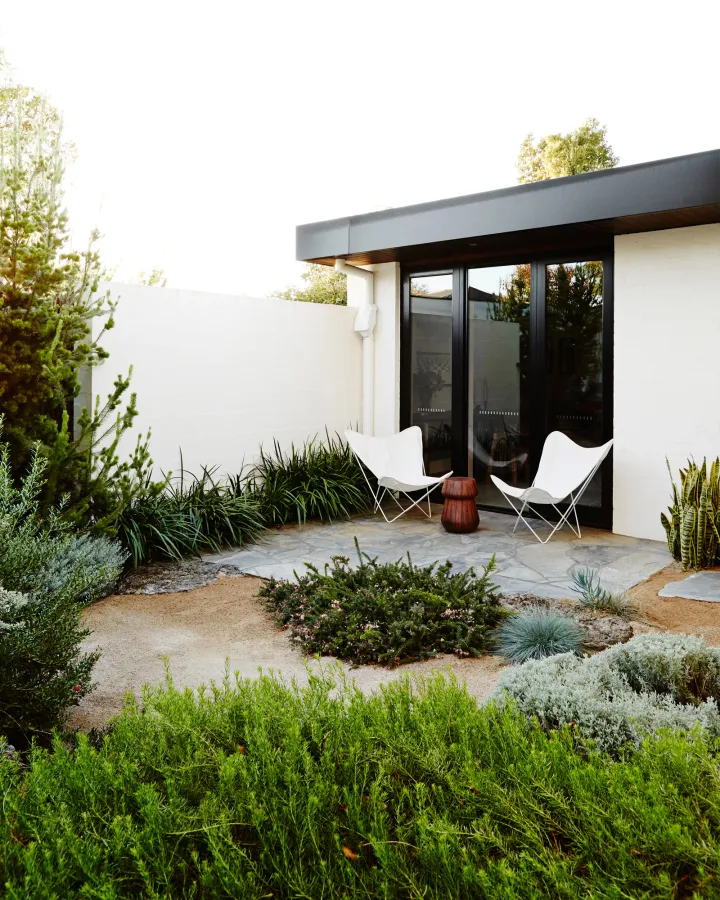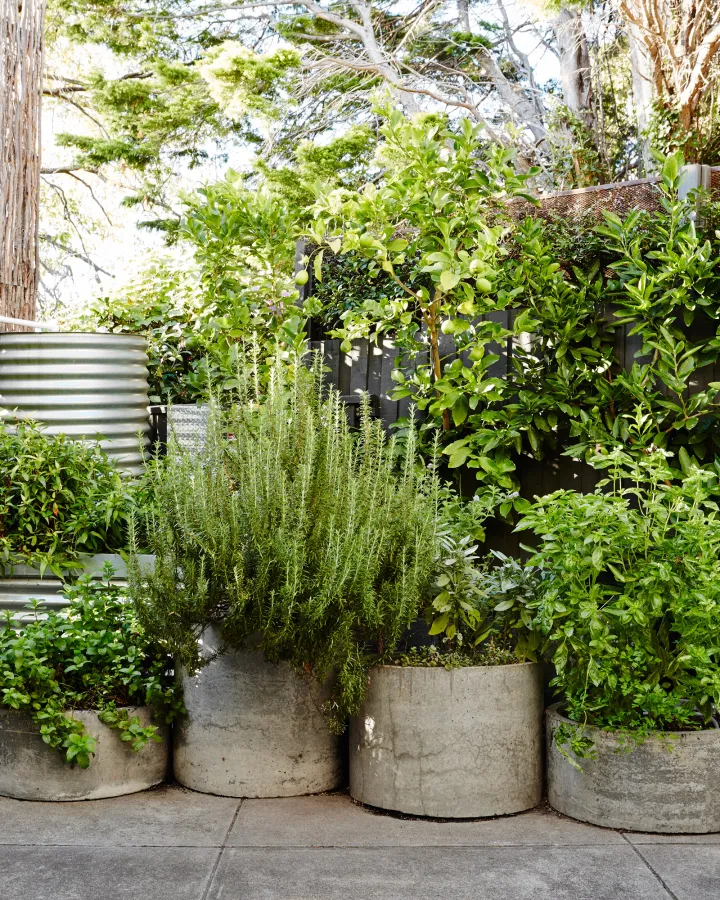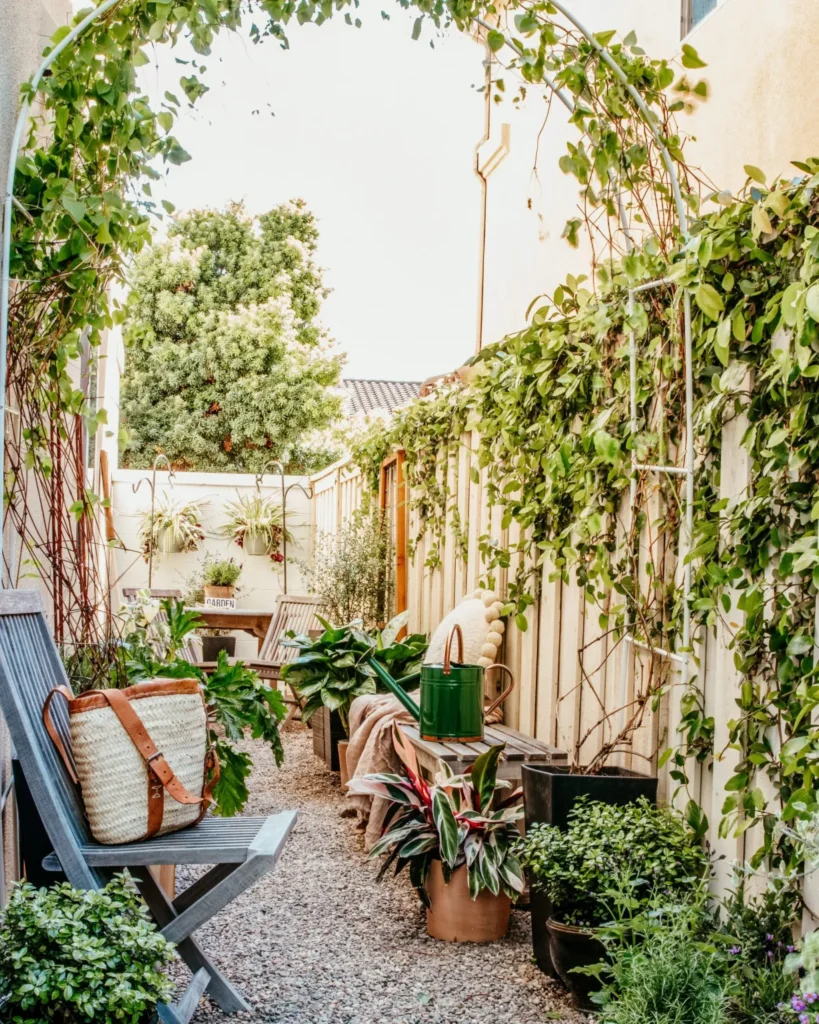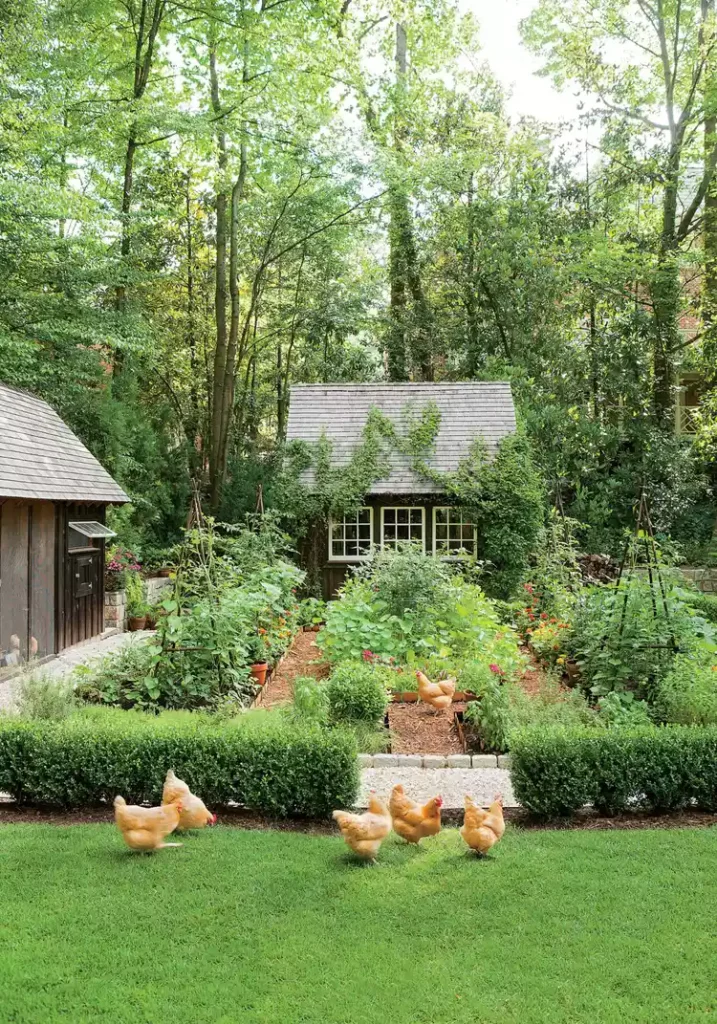As the weather warms up, thoughts of a beautiful spring garden can take hold. Whether you are new to gardening or a seasoned pro, this guide to planning a stunning spring garden will provide you with plenty of ideas, considerations, and inspiration. From selecting the right plants to designing your layout, this blog post will help you create a vibrant spring garden that you can enjoy all season long. So let’s get started by discussing the basics of creating a stunning spring garden!
Define your gardening goals
Spring is the perfect time for a “spring cleaning” of your garden and a great time to plan any changes or updates. To help you pace yourself and tackle each task as it comes up, create a checklist of all the tasks you want to complete before the season begins.
The checklist should include any spring bulbs you need to plant, checking for any empty spots in your garden where you might want to add a few new plants, and any maintenance chores that need to be done. Taking care of these tasks early will give you more time to relax and enjoy your landscape throughout the summer.
Additionally, take note of any existing spring plants that are beginning to flower — this is a great indication of what you might want to add to your garden in future seasons. Planning your garden goals now will ensure that your garden looks stunning this spring!
Choose the right plants
When planning your spring garden, you want to make sure you choose the right plants for the season. If you pick plants that aren’t well-suited for the springtime, you won’t get the best results. There are a few things to consider when selecting your plants, including the region where you live, the amount of light your garden will receive, and the growing season.
The best plants to start in spring depend on where you live and the climate conditions. Generally speaking, vegetables and flowers that thrive in cooler temperatures are best for starting in the spring. Some popular spring vegetables include lettuce, spinach, carrots, radishes, and beets. Flowers such as pansies, snapdragons, and petunias are also great choices.
In addition to vegetables and flowers, you’ll also want to think about selecting spring plants that are low-maintenance. Plants like roses and azaleas require more care than something like lavender or daisies. Choose plants that you can easily care for throughout the growing season.
Spring garden maintenance is also important when selecting your plants. To ensure the health of your garden, make sure to water regularly and provide ample sun or shade depending on the needs of each plant. Be sure to fertilize periodically, remove weeds, and protect your plants from pests.
With some careful planning and a bit of research, you can create a beautiful spring garden full of lush flowers and delicious vegetables!
Spring garden maintenance
Surveying the yard and assessing the trees, mid-level, and ground plane of your garden is key to beginning your spring garden maintenance. You will want to check for any damage sustained over the winter months, and decide if any pruning or trimming needs to be done. You can also choose to add new spring plants to your garden in order to make it more vibrant.
Before getting started, it’s important to have the right tools for the job. Tune up tools such as bypass pruners and wooden handles and make sure you have enough supplies to get the job done.
Once you’ve checked your tools, you’ll want to give your lawn some attention. Refresh the lawn by sending the mower and leaf blower for servicing, clearing the lawn of winter debris, and looking for areas that need reseeding before mowing.
Prune shrubs by removing dead, damaged, and diseased branches, thinning and trimming summer-blooming shrubs, and pruning cold-damaged wood after plants resume spring growth. If you don’t have a garden bed established yet, then you can prepare one by creating a new planting bed.
Once your spring garden maintenance is complete, all that’s left is to enjoy your hard work! Sit back, relax, and watch the beauty of nature come alive.
Consider the layout of your garden
When you plan your spring garden, consider the long-term goals for your yard. Not only do you need to decide what you want to plant this season, but also the overall look and feel of your garden for future years. Make sure that the plants you choose are suitable for the amount of water and sunlight available in your area, as well as able to withstand your local climate.
Adding pops of color is a great way to bring your garden to life! Incorporate flowering spring plants such as pansies, daffodils, and tulips, or bright colored foliage such as purple fountain grass and coleus. If your yard has shadier areas, look for plants that thrive in less sun like ferns and hostas. Consider other features such as pathways, benches, bird baths, or sculptures to complete your design.
Finally, don’t forget to include some native plants to attract beneficial wildlife like butterflies, bees, and birds. By considering the layout of your garden and adding colorful accents, you will be able to create an inviting and thriving oasis. With some thoughtful planning, you can turn your garden into a stunning space for the entire family to enjoy!
Get inspired by other gardens
One of the most fun parts of planning a spring garden is getting inspiration from other gardens. From traditional cottage-style plantings to lush and luxurious botanical gardens, there are plenty of ideas to draw from. Look for commonalities in garden designs that appeal to you and think about ways to incorporate them into your own garden. Look for ideas on different ways to feature spring plants, like beautiful flowering shrubs, showy trees, and seasonal annuals. Consider color schemes, form and texture, and unique accents like structures and water features. By taking some cues from these stunning examples, you can create a spring garden that reflects your personal style and is perfectly tailored to your needs.








Have fun planning your spring garden!
Gardening is a wonderful way to express your creativity and make your home look beautiful. With the right combination of spring plants, you can create a stunning spring garden that adds color and life to your outdoor space.
Whether you’re planting an herb garden or creating a vibrant flower bed, planning your spring garden can be an exciting and rewarding experience. Be sure to take the time to plan out your garden in detail, so that you can enjoy a lush and blooming paradise for the warmer months.
And don’t forget to keep your plants well watered, fertilized, and pruned – your spring garden will thank you for it! Learn more about How To Get Your Yard Ready This Spring.


